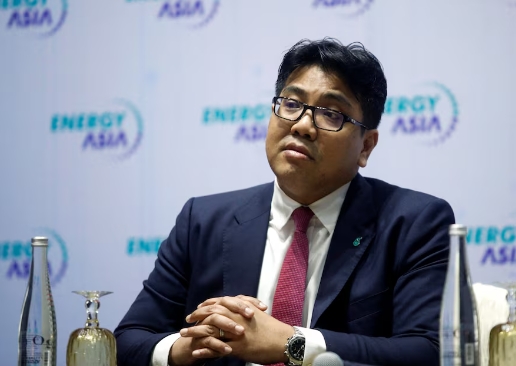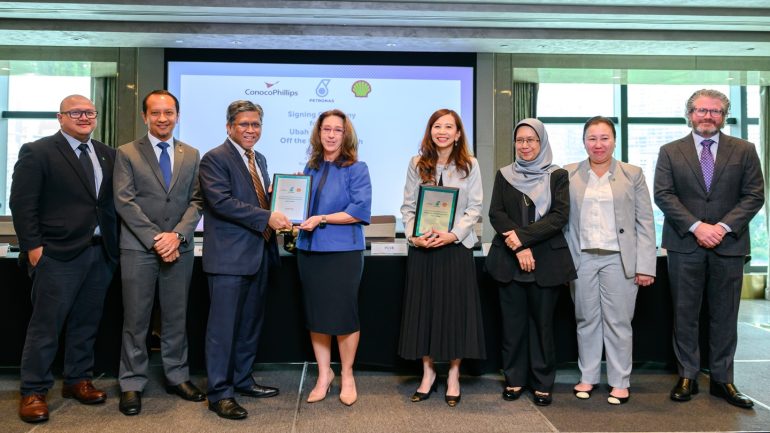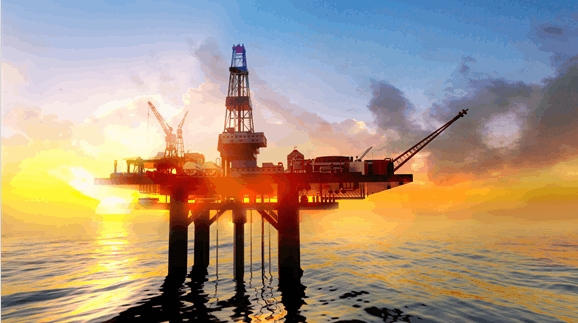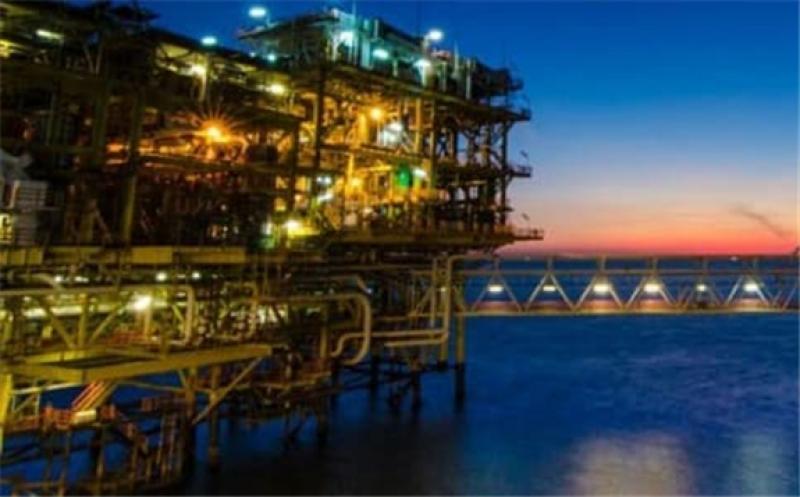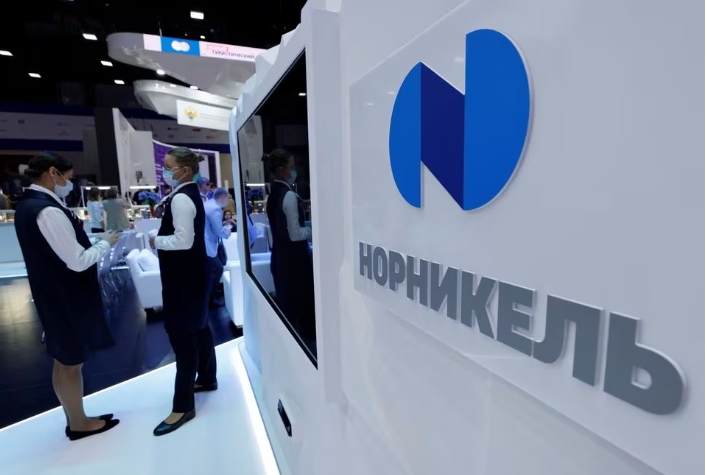
Palladium prices are down 46% this year, partly on bets on surpluses as battery powered electric vehicles, which do not need the metal, reduce demand from the automotive sector.
The use of palladium in catalytic converters to reduce harmful emissions from internal combustion engines currently accounts for 80% of global demand for the metal.
Nornickel is performing "wide fundamental research together with Russian and foreign scientists" to replace the eventual loss of autocatalysts with new demand, Dmitry Izotov said on a call with Reuters while he attended the COP28 summit in Dubai.
Copper and some other metals are widely expected to benefit from a global move towards more environmentally friendly energy options. Palladium does not yet have a significant role in that future. But Nornickel, which mines 40% of the world's palladium, is trying to change that.
The envisaged new products could add 40 metric tons of global demand for palladium by 2030, offsetting a surplus of 10-20 tons owing to the expected reduction in consumption by the automotive industry by the same year, Izotov said.
So far, Nornickel and its Chinese partners have been conducting semi-industrial tests of palladium-based catalysts for the hydrogen industry's water electrolysis and fuel cell technology, Izotov said. The tests are due to be completed in the first quarter of 2024.
Tests of palladium-based catalysts for the chemicals industry will start in the second quarter while Nornickel itself will focus on development of a palladium-based photocell coverage for the solar power sector.
Nornickel is not the only metals miner searching for technologies that would use more of its metal in future. Refiner Heraeus and miner Sibanye Stillwater (SSWJ.J) in November presented a ruthenium-based catalyst to reduce reliance on iridium in hydrogen production.
Izotov did not name Nornickel's partners in China, the world's top metals consumer, but said they include producers of electrolysers and fuel cells.
